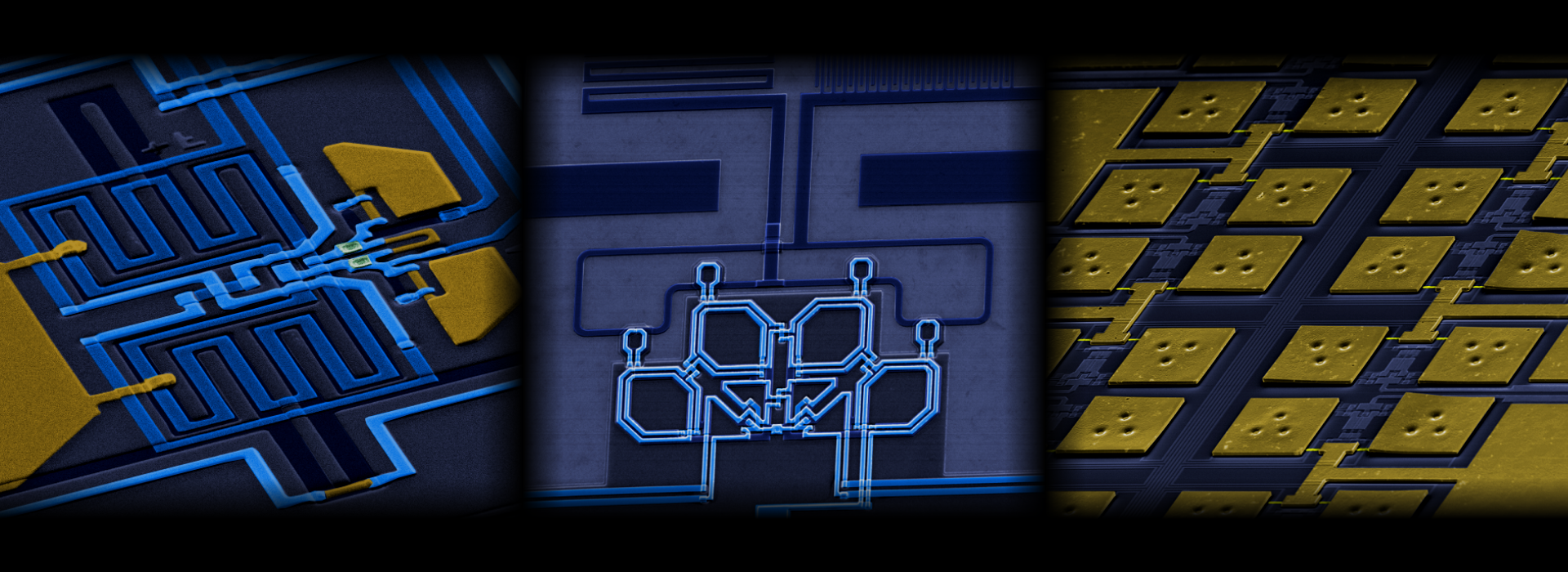Welcome to the IMS
The Institute of Micro- and Nanoelectronic Systems (IMS) is an institute of the KIT Faculty of Electrical Engineering and Information Technology of the Division III "Mechanical and Electrical Engineering" at the Karlsruhe Institute of Technology (KIT). The scientific focus of the IMS is on the development of novel quantum-technological detector and sensor systems with ultra-high time and energy resolution whose performance is far beyond the limits of conventional electronics. Our vision is to anchor these innovative systems as a universal tool in the natural sciences, life sciences, and industry and thus to contribute to the solution of present and future challenges in research and industry. In teaching, the IMS actively participates in the basic education of the faculty's students. In addition, the Master's program teaches the relevant basics for the research focus of the institute. In particular, students are given the opportunity to participate in the development of an exciting and rapidly developing field of research or to contribute their own ideas for the technology of the future by means of case studies, internships, seminars and academic theses.
Head of Institute:
Prof. Dr. rer. nat. Sebastian Kempf
Talks

M.Sc. Friedrich Carl Wagner, former master's student and now doctoral candidate at IMS, has been awarded the SUCCESS Pioneers Award 2025 by Suss for his outstanding master's thesis entitled “Development of a Magnetic Microcalorimeter for Searching Light Dark Matter.” IMS warmly congratulates Mr. Wagner on his award!
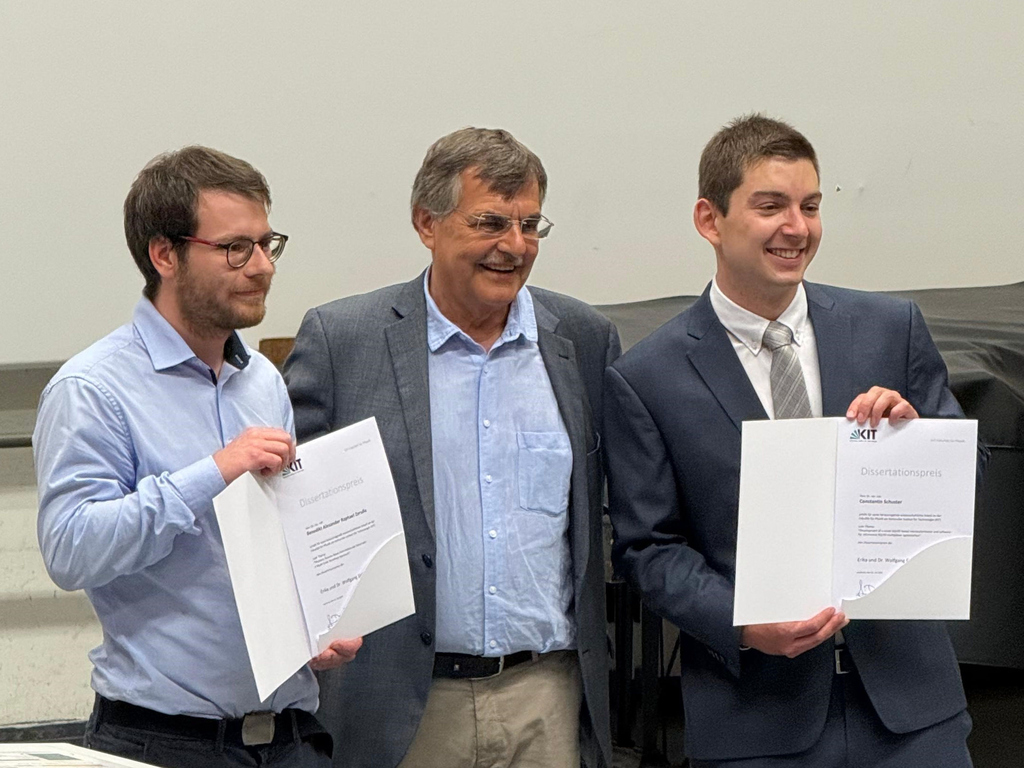
Dr. Constantin Schuster, former doctoral student at IMS, was awarded the Erika and Dr. Wolfgang Eichelberger Foundation Dissertation Prize for his outstanding dissertation entitled “Development of a novel SQUID-based microcalorimeter and software for microwave SQUID multiplexer optimization.” IMS warmly congratulates Dr. Schuster on his award!
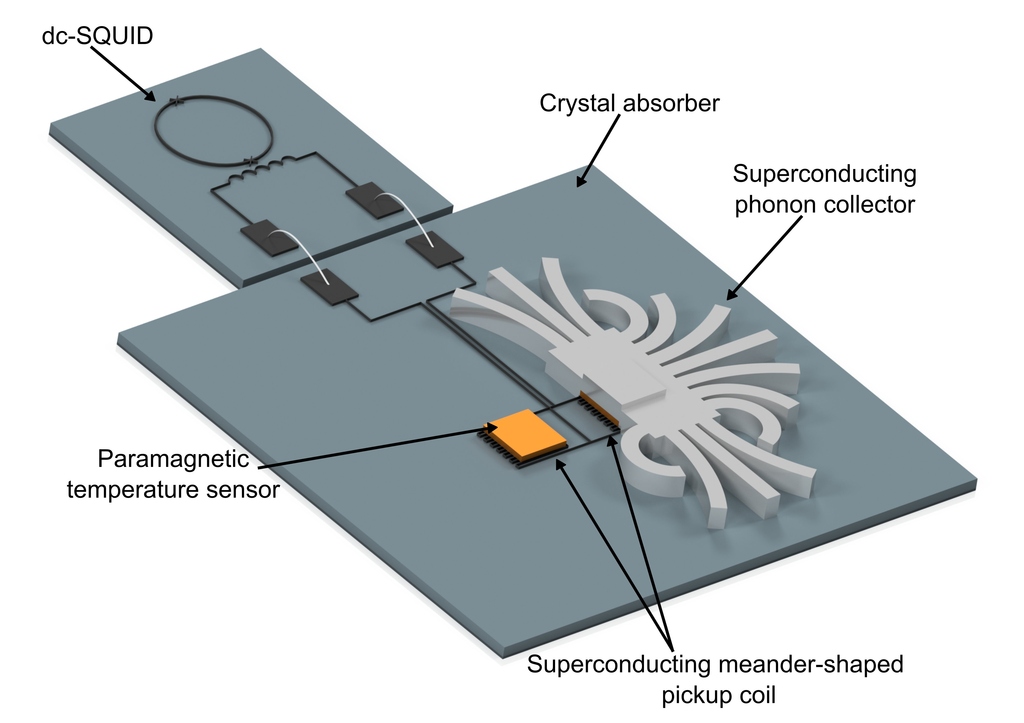
The nature of dark matter remains one of the greatest mysteries in particle and astroparticle physics. As searches for Weakly Interacting Massive Particles (WIMPs) have been unsuccessful so far, experiments have started to explore the lighter dark matter (LDM) parameter range. Researchers at KIT and the Universities of Heidelberg and Freiburg are developing the Direct Search Experiment for Light Dark Matter with Superfluid Helium (DELight), aiming for unprecedented sensitivity to dark matter particles with masses below 100 MeV/c² . Since DELight is based on novel and innovative technologies and detector concepts, the key to success is the careful testing and optimization of all relevant elements of the experiment. This is made possible by the DELight Demonstrator, funded by the HEiKA-STAR funding programme.
...MORE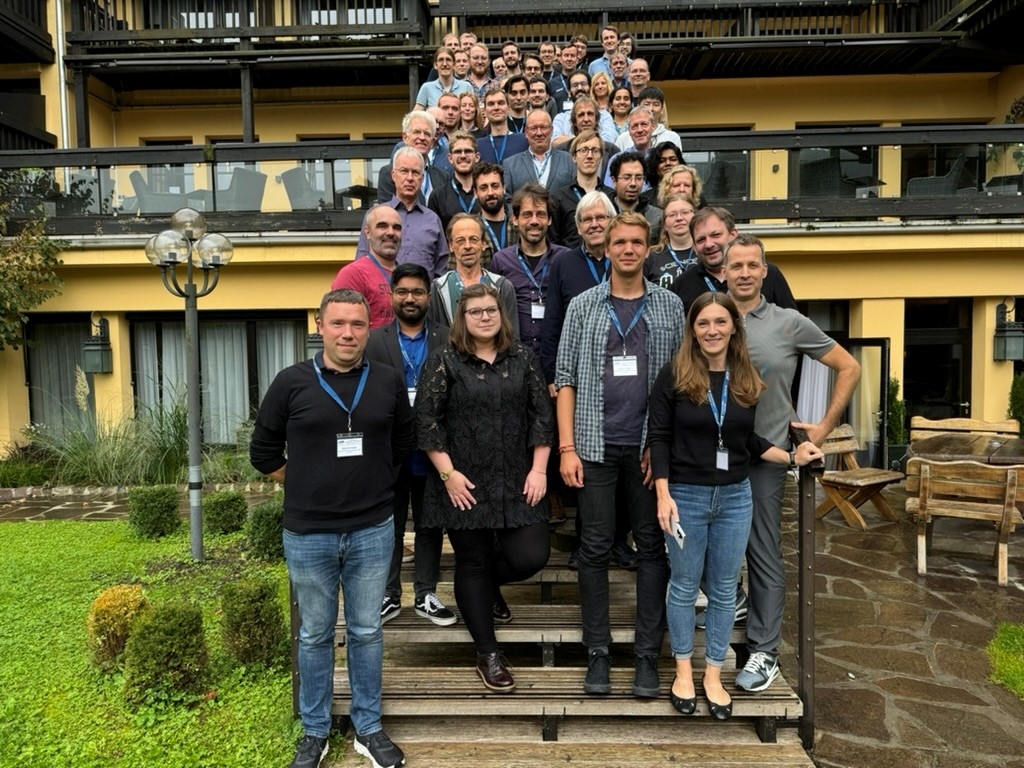
The workshop “Cryoelectronic Devices” (KRYO) has been bringing together scientists and engineers from Germany for more than 40 years to discuss the latest developments in the fields of superconducting electronics and devices, cryogenic detectors, cryogenics, and related applications. This year’s workshop was hosted by the Institute for Micro- and Nanoelectronic Systems (IMS) in Bad Herrenalb. Initially, 56 participants received four introductory lectures from renowned representatives of the field, followed by three days of intensive discussions on 16 presentations and 16 poster contributions from the participants. Social hours in the evenings rounded off the workshop. All participants agreed that the workshop was a great success and look forward to coming together again next year.
Six doctoral students from KIT express their heartfelt thanks to the KIT Center KCETA for financial support, which enabled them to participate in the workshop as young scientists.
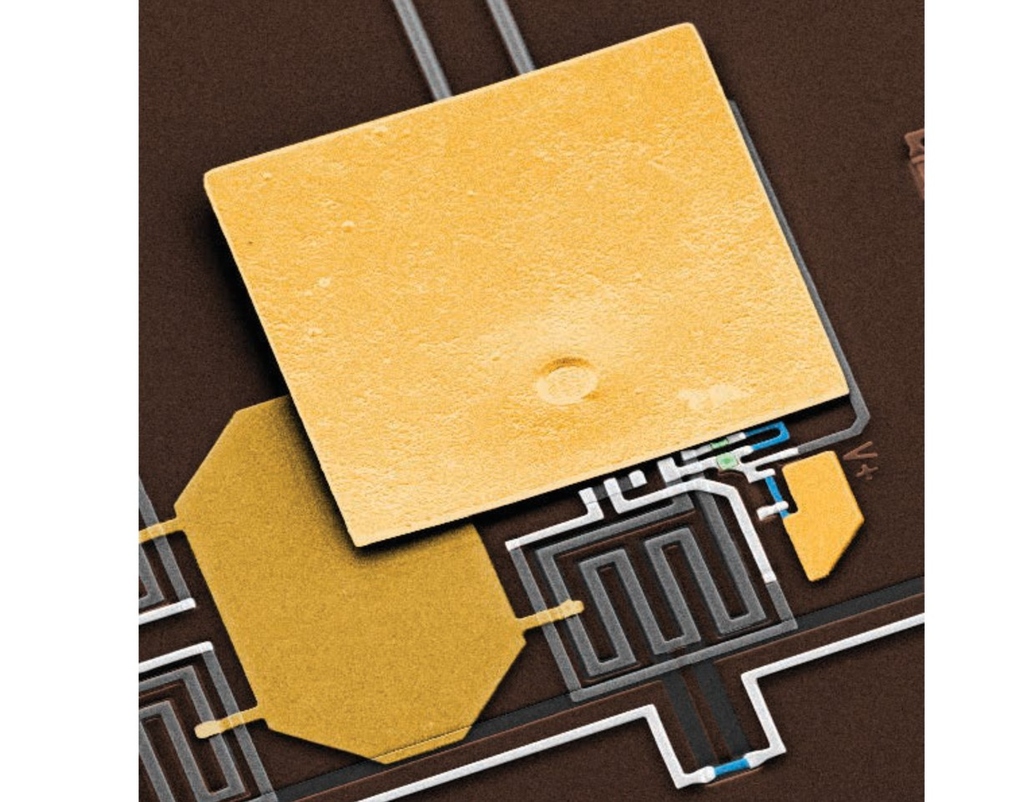
In strong collaboration with several partners, researchers from the Institute of Micro- and Nanoelectronic Systems (IMS) have presented a magnetic microcalorimeter with integrated SQUID readout that has set a new world record for the resolution of an energy-dispersive detector in the X-ray range up to 10keV. The corresponding paper was published in Applied Physics Letters and was awarded as "Editor's Pick" by the editors. Further information and the corresponding open access publication can be found here.
...MORE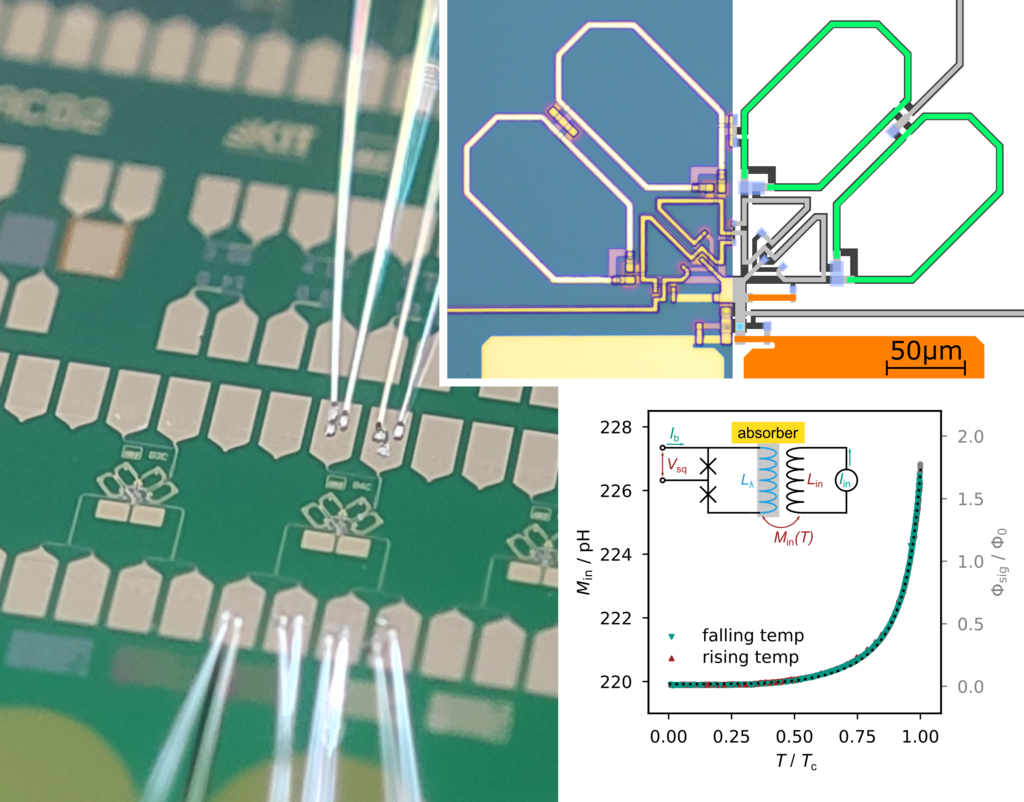
Researchers at the Institute of Micro- and Nanoelectronic Systems have recently presented a novel concept for a superconducting microcalorimeter that is particularly suitable for high-resolution soft X-ray spectroscopy. The corresponding work was published in Applied Physics Letter. Further information and the actual publication can be found here.
...MORE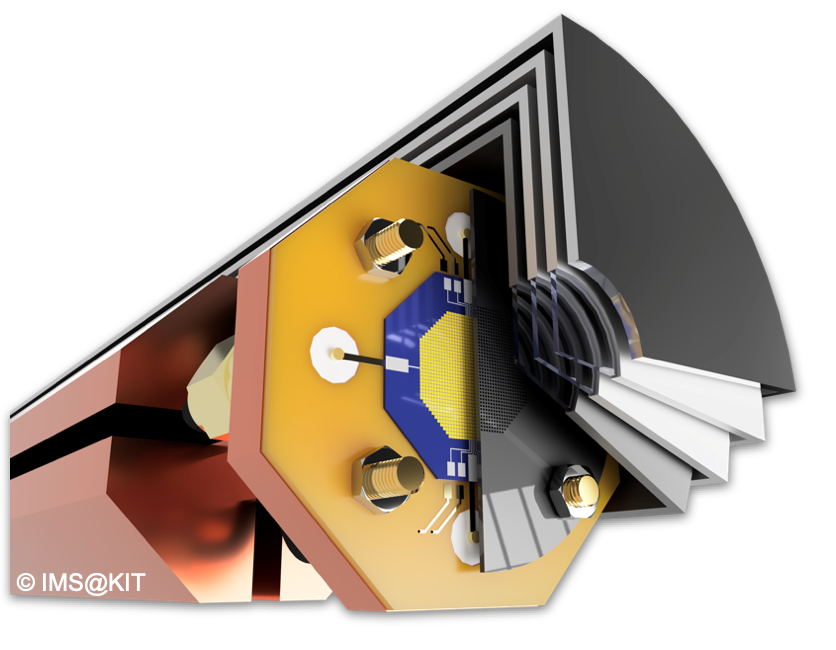
High-resolution X-ray spectroscopy at modern synchrotron light sources is an indispensable tool for many fields of science. Existing X-ray spectrometers, however, provide either excellent resolution at low efficiency or moderate resolution at high efficiency. Within the project "QUASY - Quantum Sensor Platform for Synchrotron X-ray Spectroscopy", funded by the EXU initiative KIT Future Fields, the KIT institutes IMS, IPS, and INE therefore intend to install a quantum sensor array as demonstrator at the KIT Light Source to prove that high efficiency and excellent energy resolution can be achieved at the same time. The successful completion of this project will subsequently pave the way for the future application of highly efficient and ultrahigh-resolution quantum sensors in X-ray spectroscopy at modern synchrotron light sources.
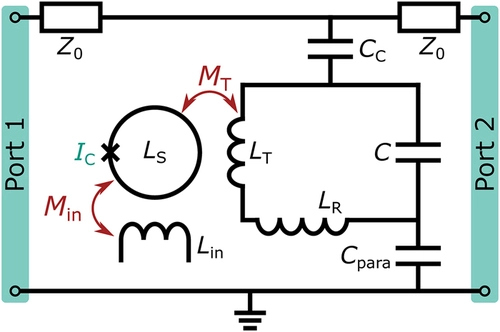
Researchers at the Institute for Micro- and Nanoelectronic Systems have presented a software tool in the Journal of Applied Physics that enables highly detailed numerical simulations of microwave SQUID multiplexers. This software facilitates systematic optimization and theoretical analysis of these components, which would not be feasible using purely analytical methods
...MORE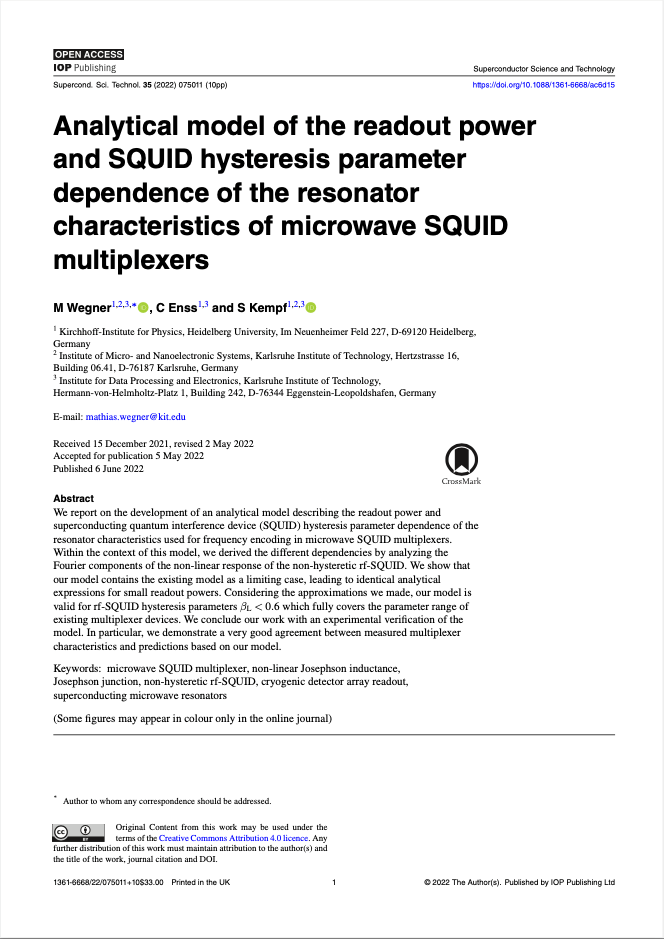
Members of the Institute for Micro- and Nanoelectronic Systems have presented an analytical model of a microwave SQUID multiplexer in the journal Superconductor Science and Technology. This model enables a significantly improved description of such quantum interference detectors compared to previously existing models. Further information and access to the publication can be found here.
...MORE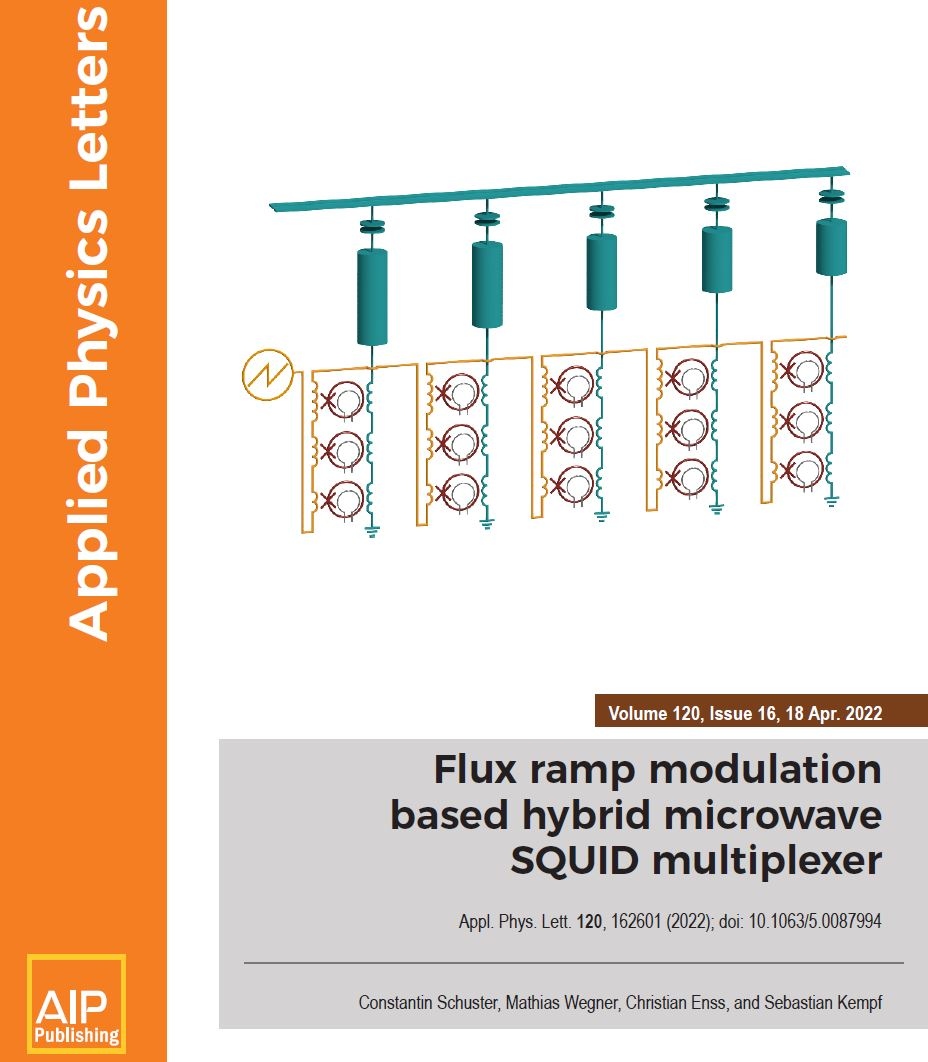
Members of the Institute for Micro- and Nanoelectronic Systems, in collaboration with colleagues from Heidelberg University, have presented a new multiplexing method for large-scale cryogenic microcalorimeter arrays in the renowned journal Applied Physics Letters. The article was selected by the editors as a "Featured Article" and appeared on the cover of the journal's April 18, 2022 issue.
...MORE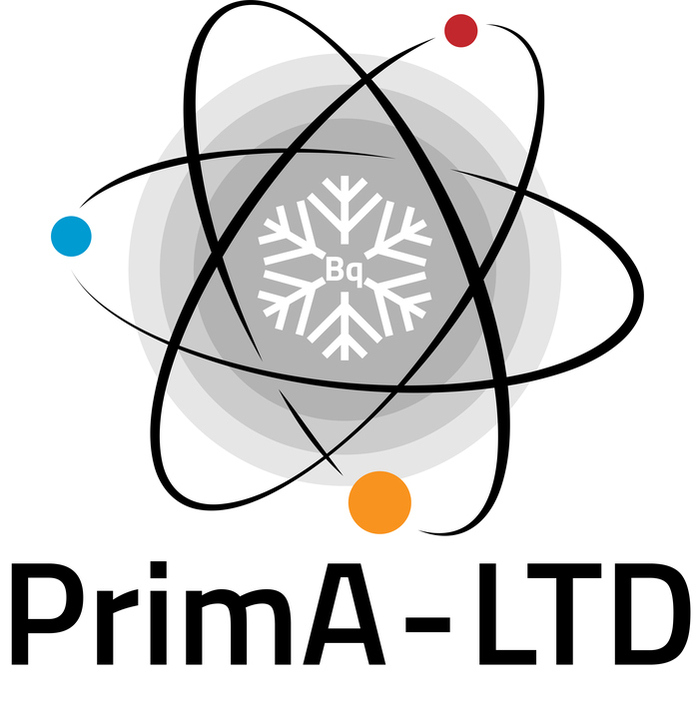
Radionuclide metrology relies on well-established measurement techniques that have been used and refined over decades. For some nuclides, lower achievable uncertainties are possible than for others. Bridging this knowledge gap is a key objective. As part of the EMPIR project "PrimA-LTD", the IMS is contributing to the development of new primary techniques for activity standardization based on magnetic calorimeters. By combining high-resolution spectrometry of radioactive decays with advanced new theoretical calculations of spectral shapes, the project aims to improve our understanding of fundamental decay data.
...MORE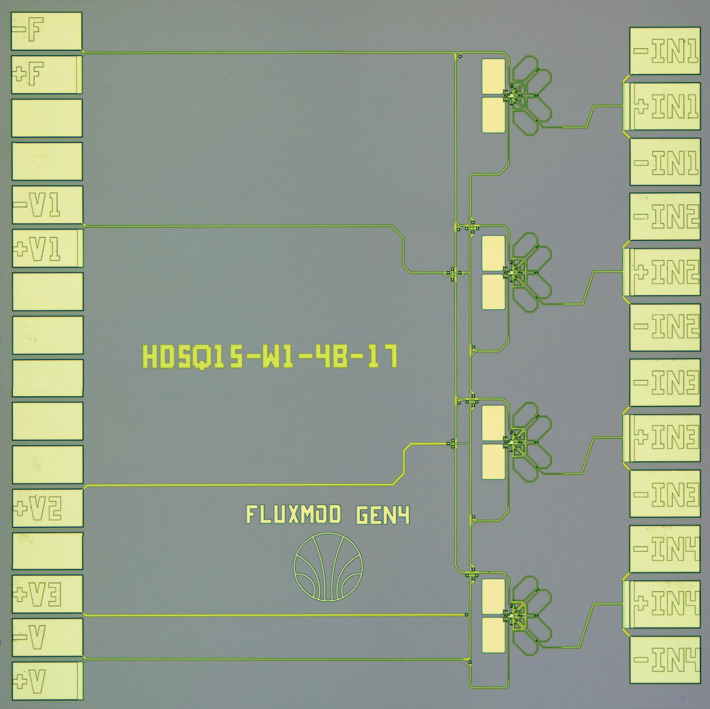
Together with partners from the Institute for Process Data Processing and Electronics (IPE) and the Kirchhoff Institute for Physics (KIP) in Heidelberg, scientists from the Institute for Micro- and Nanoelectronic Systems (IMS) have presented a new SQUID-based multiplexing method. The corresponding work has been published in the renowned journal "Applied Physics Letters" as an OpenAccess publication.
...MORE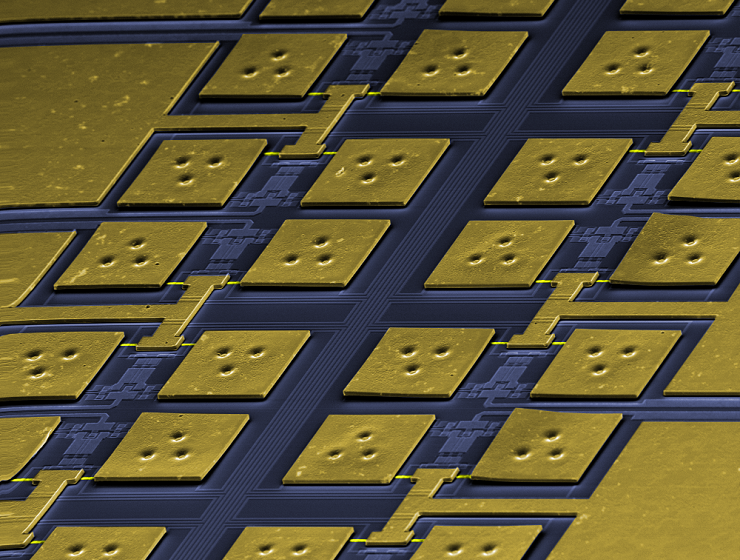
Together with the Institute of Technical Physics (ITEP), the Institute of Micro- and Nanoelectronic Systems (IMS) will offer the new specialisation 26 "Applied Superconductors Engineering" from the summer semester 2021. Students will be trained to become experts in this promising field of electrical engineering and information technology. The specialization can be studied in German as well as in English.
...MORE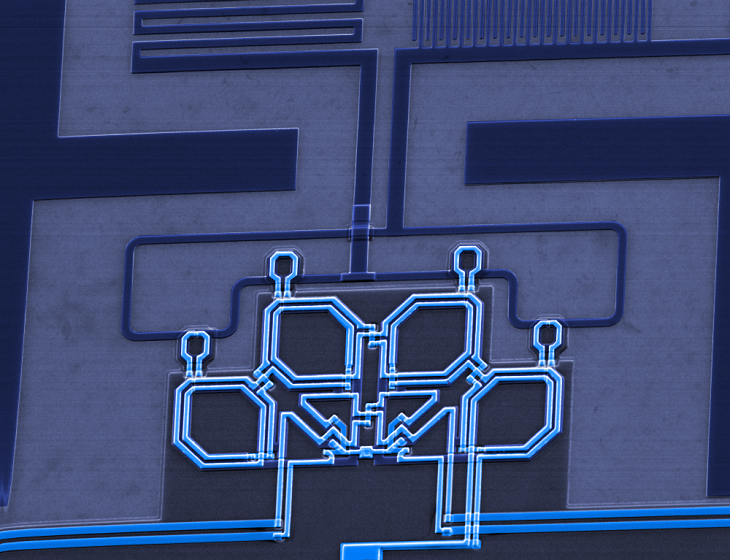
Together with the Institute for High Frequency Electronics (IHE), the Institute for Micro- and Nanoelectronic Systems (IMS) has revised the specialization 15 and expanded it to include elements of current topics in micro-, nano- and quantum electronics. In this way, students are to receive sound knowledge in an industrially enormously important area.
...MORE